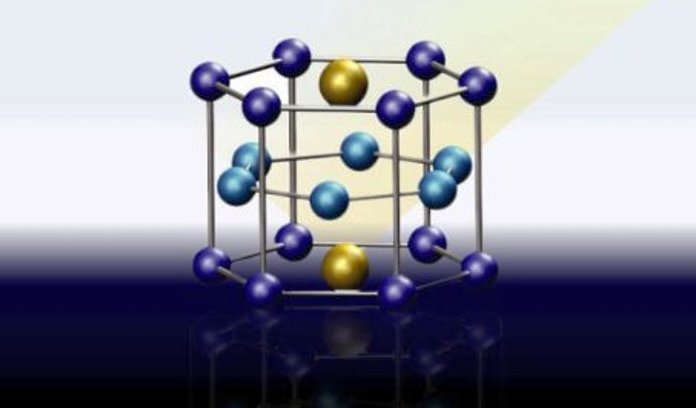The first and most famous metallocene is “ferrocene”, which contains an iron atom. Sandwich complexes are now standard topics in inorganic chemistry textbooks, and the bonds and electronic structures of metallocenes are covered in undergraduate chemistry courses. These sandwich molecules are also important in industry, where they act as catalysts and are used to create unique metallopolymers.
No one knows exactly how many sandwich molecules exist today, but the number is certainly in the thousands. And they all have one thing in common: One A metal atom located between two planar rings of carbon atoms. At least it was thought so until 2004, when a research team from the University of Seville made a surprising discovery.
A Spanish research group has managed to synthesize a sandwich molecule containing not one but two metal atoms. This “dimethalocene” containing two zinc atoms remained the only one of its kind for a long time; until last year a group from England managed to synthesize a very similar molecule containing two beryllium atoms. But now Dr. Inga Bischoff, a PhD student in Andre Schäfer’s research group at Saarland University, has taken another big step forward. In the laboratory, he succeeded in synthesizing dimethalocene, the world’s first “heterobimetallic” sandwich complex containing two different metal atoms.
Theoretical and practical breakthroughs
Shortly after the discovery of the first dimethalocene in 2004, theoretical work showed that dimethalocenes do not necessarily need to contain two identical metal atoms and that a complex with two different metal atoms should also be stable. These predictions were made based on quantum-chemical modeling calculations using powerful computers. Despite this predicted determination, all attempts to create such a molecule in the laboratory had failed until Inga Bischoff’s current discovery.
“It’s really exciting and special to realize what you’re holding in your hands. To the naked eye it looks like just another white powder. But I still remember clearly the moment when we first saw the experimentally determined molecular structure on the computer screen and knew we had a sandwich molecule with two different metal atoms,” said Dr. André Schaefer.
“Which carbon rings you choose is as important as the metal atoms you want to fit between them. This is critical because the electronic structures of the cyclic carbon rings and the metal atoms must match,” explained Inga Bischoff. “The metals contained in our ‘heterobimetallic dimethalocene’ are lithium and aluminum. Calculations predicted that these two metals could be suitable candidates because their electronic structures are in some respects , similar to that of two zinc atoms that we know can form a stable dimethalocene.”
But something that sounded so simple and straightforward took months to happen. The molecule turned out to be so reactive that it could only be synthesized, stored and analyzed under inert nitrogen or argon. It decomposes easily if it comes into contact with air. After the synthesis, the molecule had to be characterized with the participation of a group of scientists from Saarland University. The results of their work have now been published in a respected journal Nature Chemistry .
Team leader Dr. “Our heterobimetallic dimetallocene represents a completely new class of sandwich molecules,” said Andriy Schaefer. “Who knows, maybe one day it will appear in students’ textbooks. But first we need to study it in more detail. At the moment we understand its structure quite well, but we still know very little about its reactivity. It is possible to synthesize other heterobimetallic dimetallocenes in the future if we find other suitable combinations of metal atoms it could be.”
The great importance of this class of molecules was emphasized by the awarding of the Nobel Prize in 1973 to German chemist Ernst Otto Fischer and British chemist Geoffrey Wilkinson “for their pioneering work on organometallic chemistry, carried out independently of each other.” , so-called sandwich components.
Source: Port Altele
